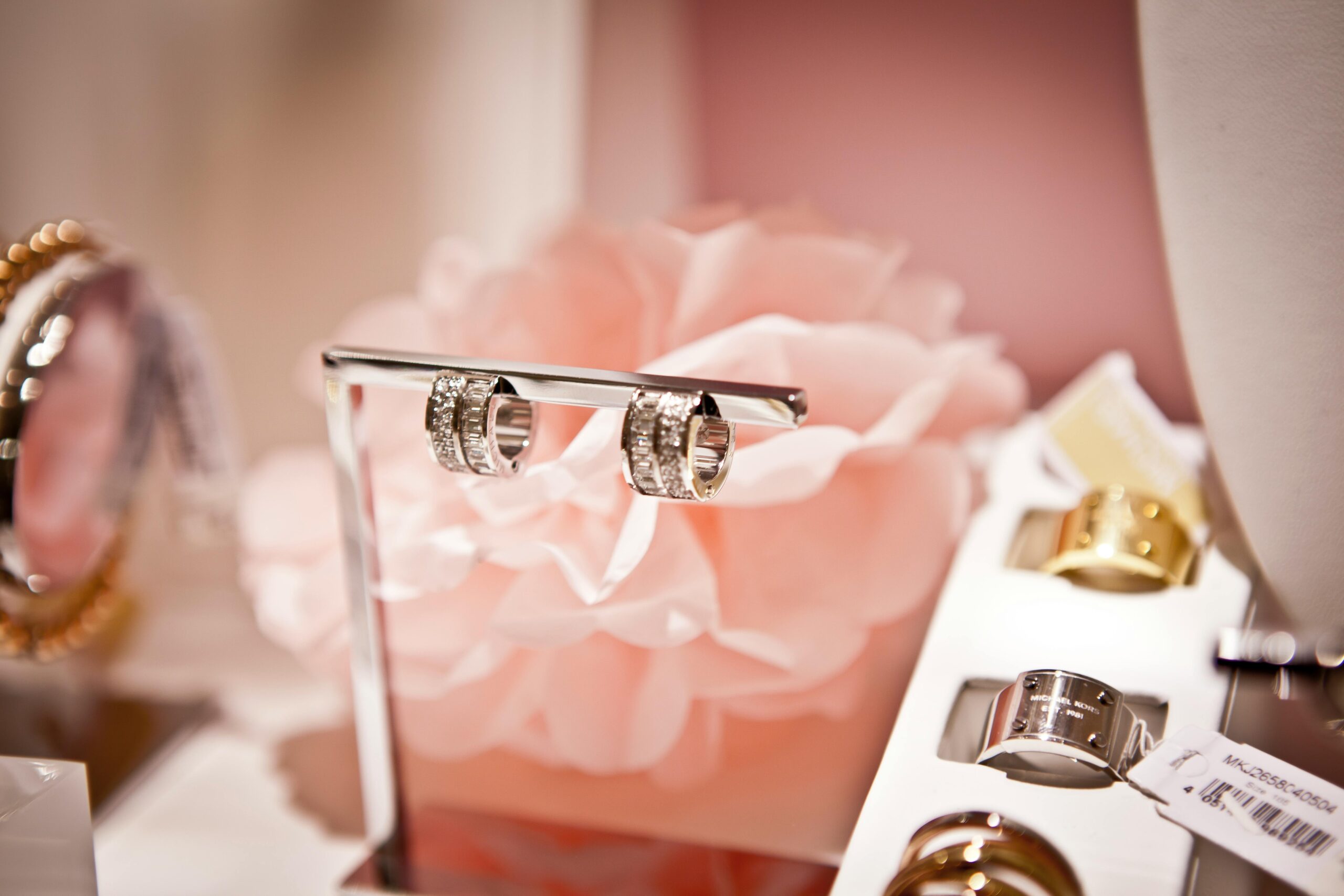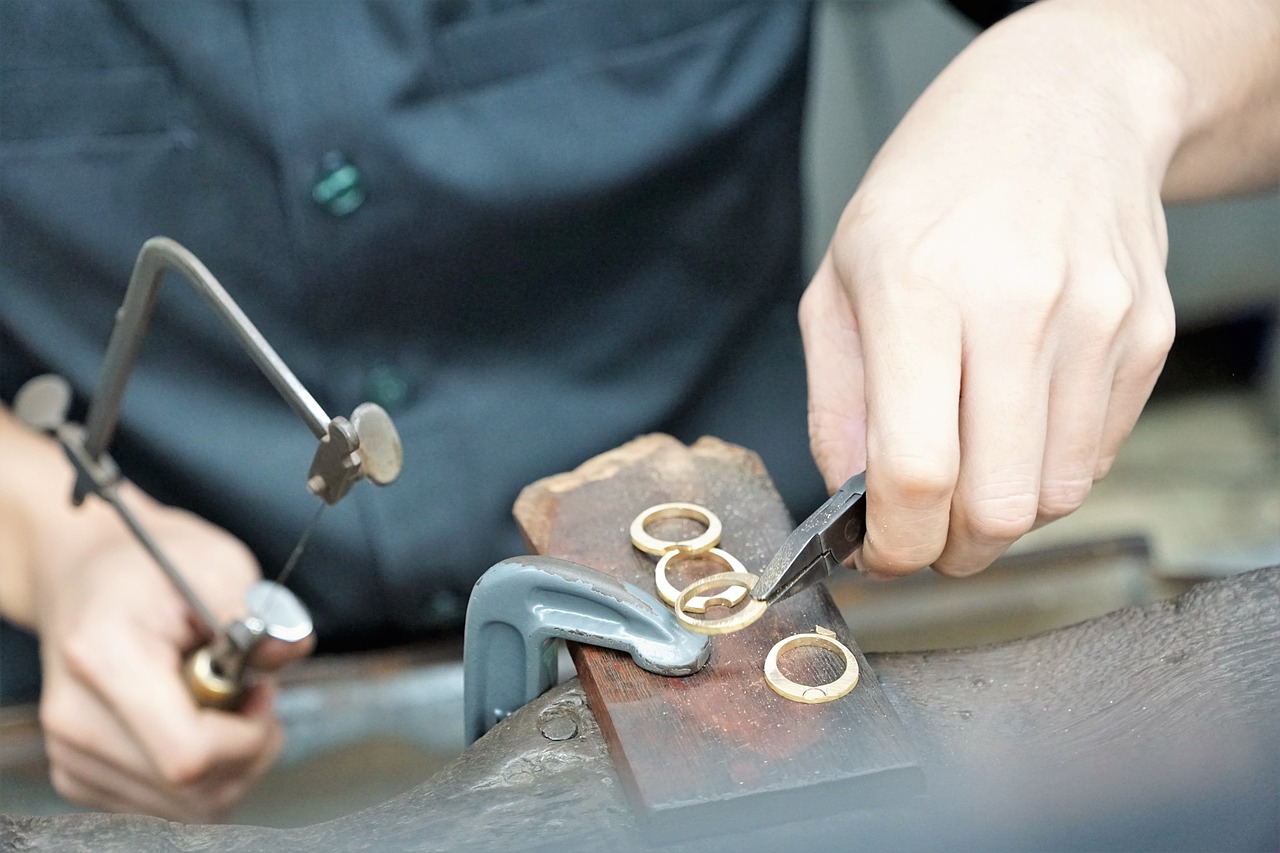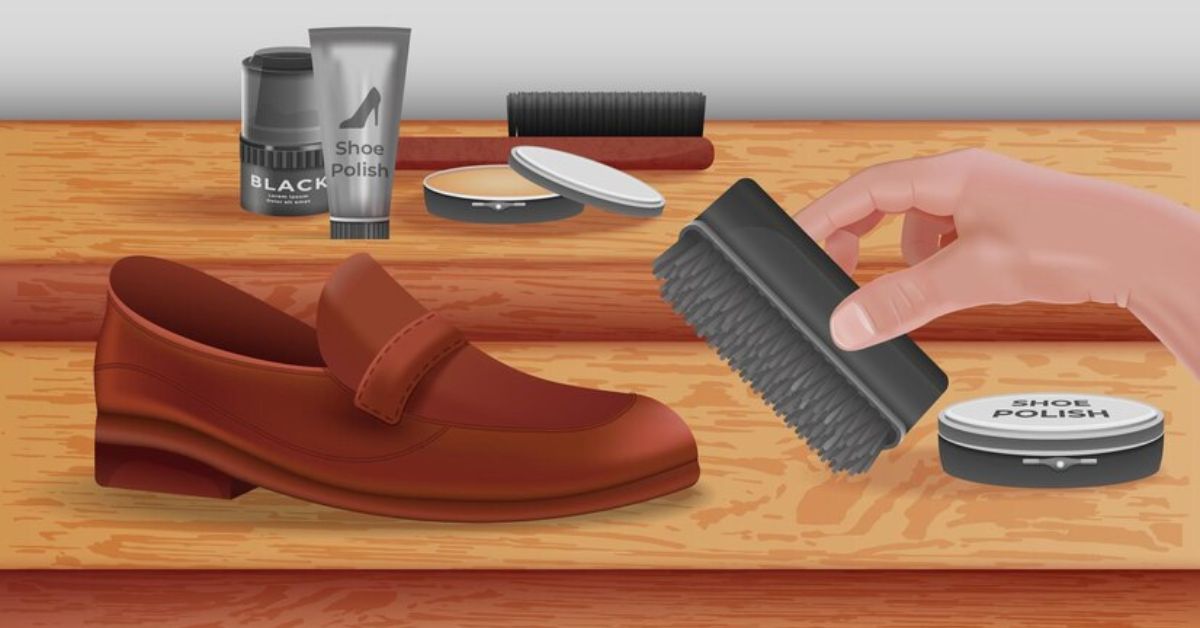In a world of sparkling stones and gleaming metals, how can you ensure that the jewelry pieces you invest in are genuinely authentic? For many, jewelry is not just an accessory but a symbol of personal style, sentiment, and elegance. However, discerning the real from the fake can be daunting, with countless imitations filling the market.
This blog will arm you with insights needed to confidently identify genuine jewelry, ensuring your collection’s luster is both lasting and legitimate. It’ll guide you through various facets of jewelry authentication, from understanding the essential hallmarks of authenticity to the nuances of evaluating gemstones. Ready to become a savvy jewelry connoisseur? Read on to get started!
Understanding Jewelry Hallmarks
Hallmarks are the unsung jewelry heroes, providing essential clues about a piece’s authenticity. These small stamps reveal a wealth of information, from metal purity to origin, crafted to ensure the buyer’s trust in the value of their purchase. Familiarizing yourself with these marks is a critical first step. Typically found on the inner band of rings, clasps of necklaces, or earring posts, hallmarks can include numbers indicating metal purity, like 925 for sterling silver or 750 for 18-karat gold. Additionally, these marks may consist of a manufacturer’s symbol or country of origin. Recognizing these stamps can prevent costly mistakes and ensure your jewelry’s authenticity.
However, exercise caution—counterfeiters often imitate hallmarks. In this case, the reputable providers of jewelry appraisal services in San Diego suggest verifying these marks with reputable sources or experienced jewelers. A hallmark should be clear and precise, not blurred or uneven. Investing time in understanding hallmark variations can be a treasure trove of assurance for jewelry enthusiasts.
Evaluating Gemstones with a Keen Eye
When it comes to precious gemstones, appearances can be deceiving. A trained eye can differentiate between authentic stones and their synthetic counterparts. Start by examining the cut, color, and clarity of the gemstone. Genuine stones often have slight imperfections or inclusions that signify natural formation, while synthetics are flawless. Observe the stone’s surface and within for inconsistencies in color or pattern. Genuine gems have a specific weight; they feel hefty due to their natural density. If a stone feels too light, it could be a sign of a glass or plastic imitation.
Consulting certified gemologists are always wise, especially for high-value pieces. They can provide authoritative assessments and even laboratory reports that verify authenticity. Remember, authentic gemstones look exquisite and carry a history etched in their natural formation.
-
The Role of Certification in Jewelry Authentication
Certification is crucial in verifying jewelry authenticity, especially for high-value items. Certificates from reputable organizations provide a detailed account of a piece’s specifications, including gemstone quality and metal composition. Having a certified piece not only confirms its authenticity but also enhances its value and resale potential.
Always request certification when purchasing expensive jewelry. This document should include a comprehensive description and any unique features of the jewelry item, providing peace of mind for both buyers and sellers. However, to ensure the certificate is genuine, confirm the issuing organization’s credentials. Contact them directly or use their online platforms to verify the certificate number. This extra step ensures the certificate isn’t falsified, maintaining the integrity of your investment.
Detecting Fake Precious Metals
Knowing how to test these metals is essential for ensuring authenticity. Simple methods, like the magnet test, can be surprisingly effective. Precious metals are non-magnetic, so a magnetic response could indicate a fake. Another method is the acid test, which involves applying acid to a small, inconspicuous area of the metal. The metal’s reaction (or lack thereof) can help confirm its authenticity, but caution is necessary when employing this test to prevent damage to the piece. Professional jewelers can perform more sophisticated tests, like X-ray fluorescence, to determine metal purity without causing harm. Engaging with professionals for high-value items is advisable, as their expertise can definitively distinguish genuine metals from clever imitations.
Spotting Imitation Pearls
With their timeless allure, Pearls are often imitated using materials like glass or plastic. Authentic pearls have unique characteristics that set them apart from fakes. The “tooth test” is a simple yet effective way to discern genuine pearls; gently rubbing them against your teeth should produce a gritty texture, indicating authenticity.
Luster is another telling factor; genuine pearls display a soft, almost glow-like sheen that fakes struggle to replicate. Examining pearls under light should reveal subtle color and surface texture variations, attributes that point to natural origin. Weight can also be an indicator—genuine pearls are heavier due to their nacre layers. When purchasing pearl jewelry, seek pieces certified from reputable sources to ensure their authenticity. This will add both beauty and value to your collection.
Importance of Provenance and Brand Reputation
The provenance of a jewelry piece can offer significant insights into its authenticity. Knowing its history, including previous ownership and acquisition details, can help establish a clear authenticity path. Jewelry with a well-documented provenance often commands higher value and trust.
Brand reputation is equally important. Established jewelers and brands have a legacy of quality and trust, and purchasing from such sources provides an added layer of assurance. However, always remain vigilant, as counterfeiters often target popular brands. Verify the vendor’s credentials. This proactive approach ensures your purchase aligns with the brand’s esteemed reputation.
Utilizing Technology to Verify Authenticity
Technology has revolutionized jewelry authentication, providing tools that enhance detection accuracy. Devices like spectrometers analyze metals and gemstones, offering precise details on composition and authenticity. Leveraging such technology can significantly reduce the risk of falling prey to counterfeit items.
There are also apps and online platforms where you can upload images of your jewelry for expert analysis. These services often collaborate with gemologists and jewelers to provide reliable assessments. While not a substitute for in-person evaluation, they can offer preliminary insights to guide further investigation. Engaging with these tech solutions can be particularly beneficial when purchasing jewelry online, where physical examination isn’t possible. Combining technology with traditional methods creates a robust defense against counterfeit jewelry.
Building Relationships with Trusted Jewelers
Developing a relationship with a trusted jeweler can provide invaluable support in your quest for authentic jewelry. Reputable jewelers offer expert advice, access to quality pieces, and often repair and maintenance services that enhance jewelry longevity. Establishing such relationships allows for personalized service and trust-building, ensuring you’re informed about the authenticity and quality of your purchases.
Regularly visiting your jeweler for cleaning and inspections helps maintain your jewelry’s condition and identify potential issues early. Seek jewelers with solid reputations and positive customer reviews. Word-of-mouth recommendations from fellow jewelry enthusiasts can also guide you to reliable sources. A trustworthy jeweler is an ally in building a beautiful and authentic collection.

In the glittering world of jewelry, authenticity is the key to ensuring your collection shines with genuine brilliance. By understanding hallmarks, evaluating gemstones, utilizing technology, and building relationships with trusted jewelers, you can confidently acquire beautiful and authentic pieces. Stay informed, trust your instincts, and prioritize quality over allure. Your dedication to authenticity ensures that every piece you own genuinely reflects your style and values. Your collection deserves nothing less than the best!












